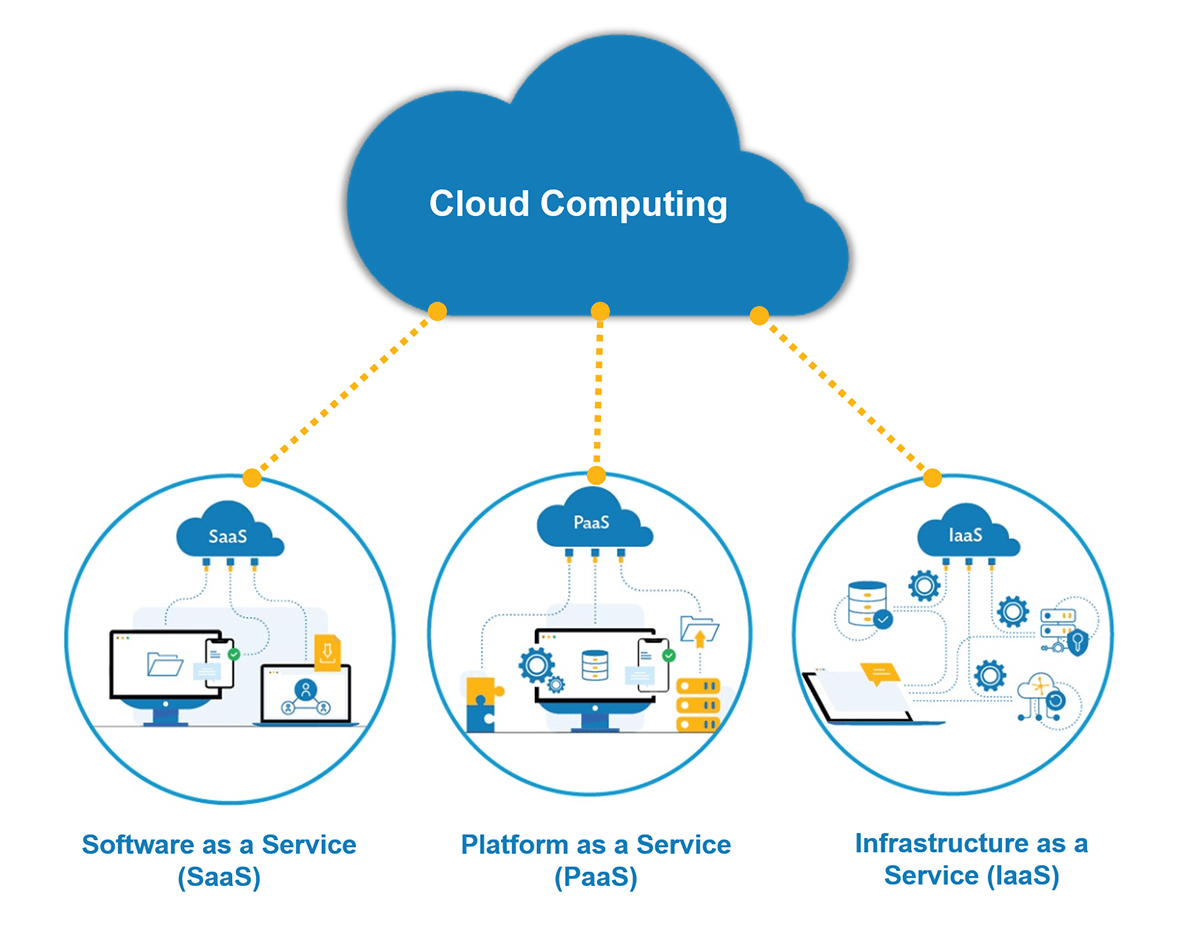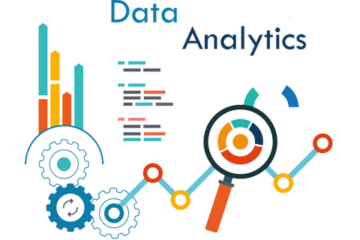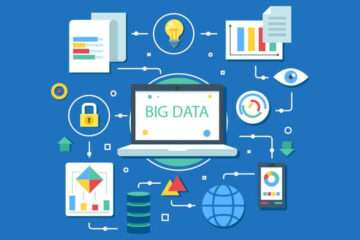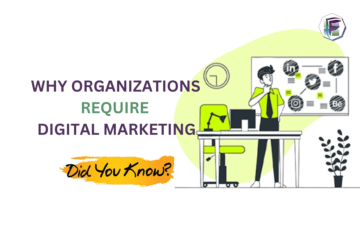The Future Of Cloud Computing
Cloud Computing:
The cloud has transformed the IT landscape, providing businesses with a flexible, scalable, and cost-effective solution for their computing needs. But what does the future of cloud computing hold? In this blog post, we’ll explore the trends and predictions for the future of cloud computing.
- Hybrid Cloud Will Become the Norm
The development of hybrid clouds is one trend we are already witnessing. Many businesses are using a hybrid environment that combines public, private, and in-house technology to fulfill their unique demands. With the hybrid cloud, organizations can benefit from the scalability and cost savings of the public cloud while still keeping control over their most important data and applications.
- Multi-Cloud Management Will Be a Key Challenge
The complexity of managing numerous clouds will rise as more firms adopt a hybrid cloud strategy. Businesses will need to be able to manage their data and applications across several clouds in the future to make sure everything is integrated and running smoothly. For this, sophisticated cloud management and automation technologies as well as a skilled workforce that can successfully navigate a multi-cloud environment will be needed.
- Artificial Intelligence and Machine Learning Will Drive Innovation
The way we use the cloud is already changing due to artificial intelligence and machine learning. These technologies will become much more important in the future, enabling organizations to analyze vast amounts of data and discover previously unattainable insights. Additionally, the automation of many repetitive jobs made possible by AI and machine learning would allow IT teams to concentrate on more strategic projects.
- Cloud Security Will Remain a Top Concern
Security will remain a top concern as businesses continue to move sensitive data and applications to the cloud. In the future, we can expect to see more advanced security solutions that leverage AI and machine learning to detect and respond to threats in real time. Additionally, businesses will need to focus on training their employees to be more security-conscious and to follow best practices for cloud security.
- Edge Computing Will Gain Traction
As more devices become connected to the internet, the need for computing power at the edge of the network will grow. Edge computing allows businesses to process data closer to the source, reducing latency and improving performance. In the future, we can expect to see more edge computing solutions that enable businesses to process and analyze data in real-time, without the need to send everything to the cloud.
Conclusion:
The future of cloud computing is bright, with many exciting trends and innovations on the horizon. From the rise of the hybrid cloud to the increased use of AI and machine learning, businesses that embrace these trends will be well-positioned to succeed in the years ahead. However, as with any technology, there are also challenges to overcome, such as managing multiple clouds and ensuring the security of sensitive data. By staying on top of these trends and challenges, businesses can leverage the full power of the cloud to drive growth and innovation.







